Kairakuen Garden, lying alongside Senba Lake in Ibaraki Prefecture’s capital city Mito, is one of Japan’s Three Great Gardens. The prefecture is situated in the Kanto region’s north east, a place well-known for its natto, pottery and as being the birthplace of Aikido, a Japanese martial art developed by Morihei Ueshiba.
Reaching Senba Lake and Kairakuen Garden
From Shinjuku Station, using the JR Lines, it takes around two hours to arrive at Mito Station. Then, you can walk 2.5 kilometers while enjoying the rural area and its relaxing atmosphere.
What makes Kairakuen special?
The plum blossoms at Kairakuen (偕楽園), unlike the other two local gardens, were first appreciated by both the local lord Tokugawa Nariaki and the commoners that resided around Mito at that time. Built in the year 1841, Kairakuen remains a tourist attraction throughout the year. However, it is highly recommended to visit the garden during March, since a hundred varieties of plum trees (梅 ume) can be seen blooming at that time. In such a season, Kairakuen Garden slowly slips its way into the hearts of the wandering visitors with its blossoming plum flowers.
Entrance to Kairakuen garden.
Kairakuen Garden is open free to the public. However, if you want to visit a Japanese-styled house (こぶんていKobuntei) built inside the garden, you must pay a 200 yen fee. The Garden remains open from 06:00 until 19:00 (18:00 pm in winter) while the Kobuntei opens from 09:00 to 17:00 (16:30 pm during winter).
Kobuntei, where one can get an excellent garden view
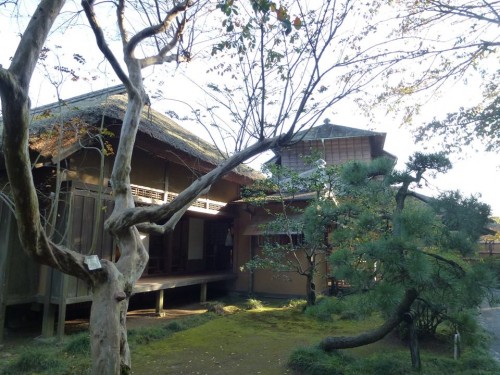 Kobuntei
Kobuntei
Kobuntei is an old Japanese-styled house built into three stories. The house, constructed in the year 1945, has its name derived from the word “Japanese plum” (Kobun). With an open view of nearby Senba Lake alongside the entire Kairakuen Garden, visitors can observe the Japan’s changing seasons through natural plants and flowers from the highest floor.
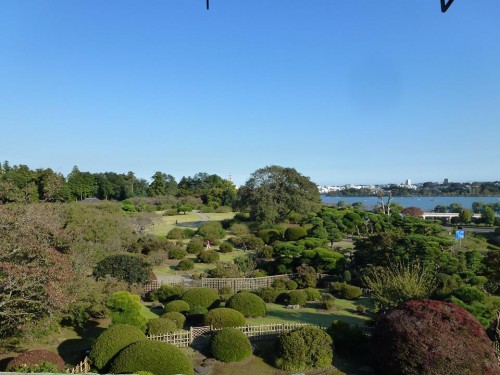 Kairakuen in summer.
Kairakuen in summer.
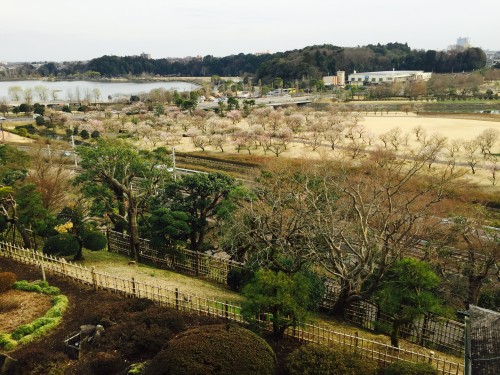 Kairakuen during plum season.
Kairakuen during plum season.
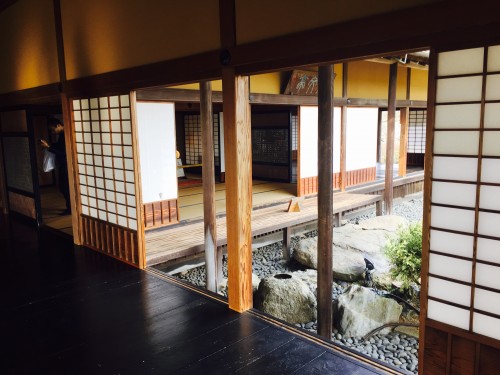 Japanese architecture.
Japanese architecture.
Kobuntei has some renown for having various rooms decorated with a flower theme. Among the rooms are the Chrysanthemum room, the Peach room, the Sakura room, and, of course, the plum blossoms of the Plum flower room.
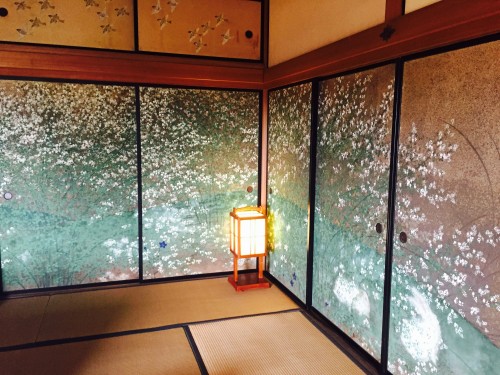 Plum flower room.
Plum flower room.
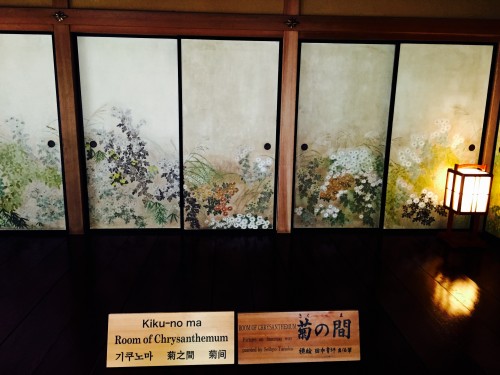 Chrysanthemum room.
Chrysanthemum room.
Senba lake
From Kairakuen, it takes around 15 minutes walking westward to Senba Lake. It has a three-kilometer circumference – suitable for a relaxing stroll.
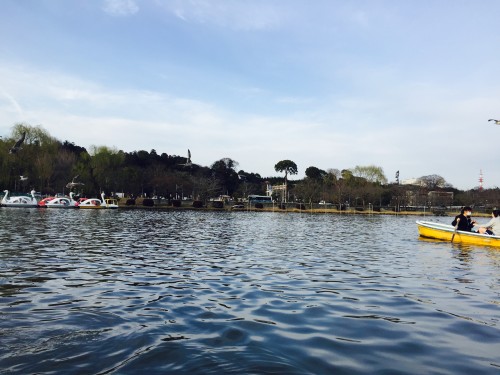 Senba Lake.
Senba Lake.
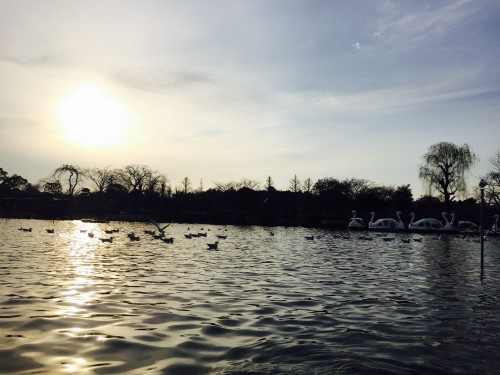 Senba Lake during sunset.
Senba Lake during sunset.
Moreover, Senba Lake has many ducks and swans. You can either feed them with food available at 100 yen or so, or rent a boat for a closer look.
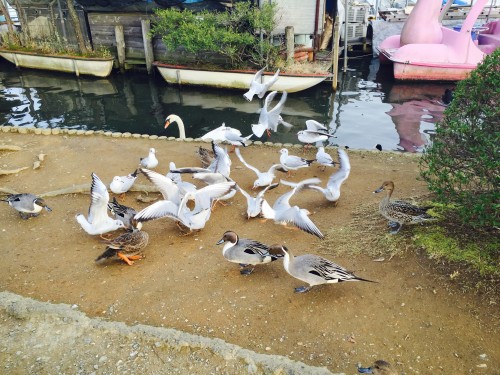 Feeding ducks and swans.
Feeding ducks and swans.
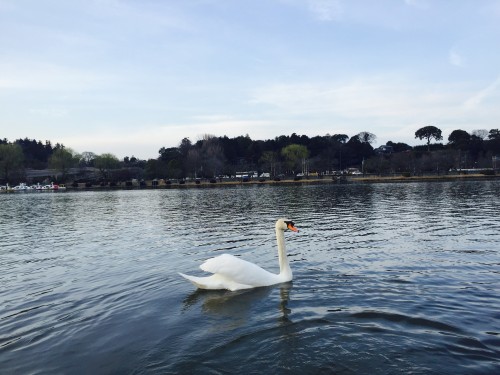 A white swan of Senba Lake.
A white swan of Senba Lake.
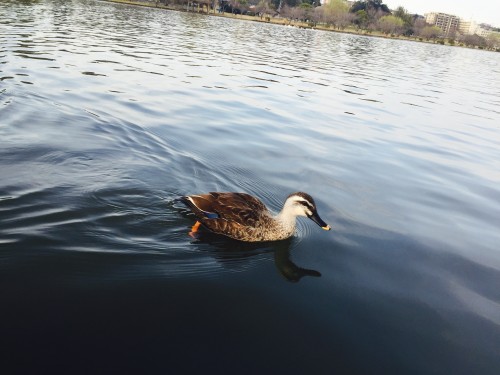 Duck approaching.
Duck approaching.
Note: For a better experience, you should rent a row boat (only 700yen for 30 minutes). Comparatively, the swan boat is fairly expensive (1500 yen for 30 minutes.) Swans will approach you immediately if you bring bread or soft buns. Be careful! They can be very aggressive.
Tokiwa Jinja shrine
A Shinto shrine that abuts Kairakuen Garden.
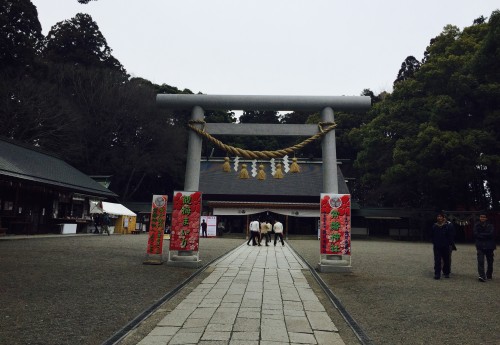 Tokiwa Jinja shrine.
Tokiwa Jinja shrine.
[cft format = 0]
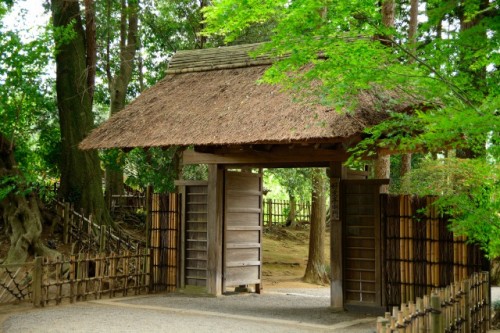
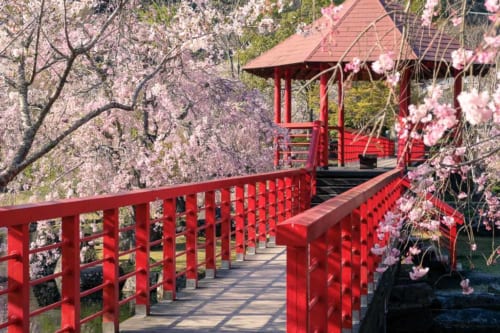
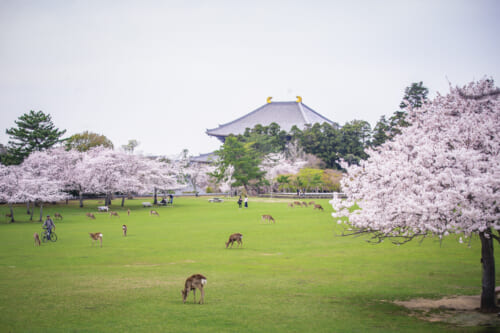

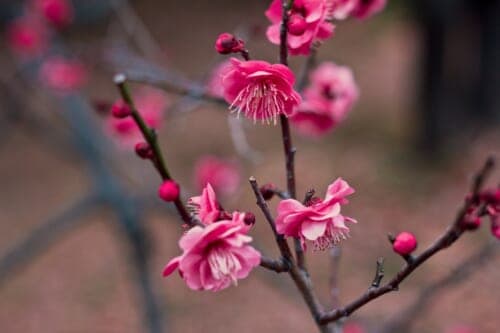
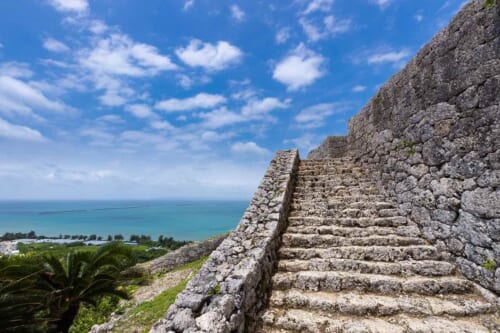
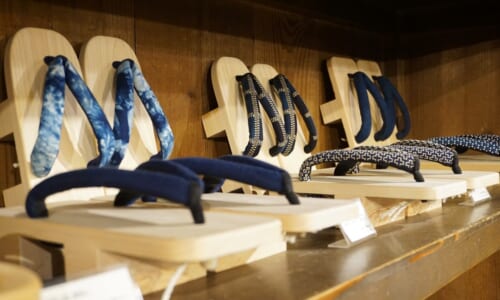
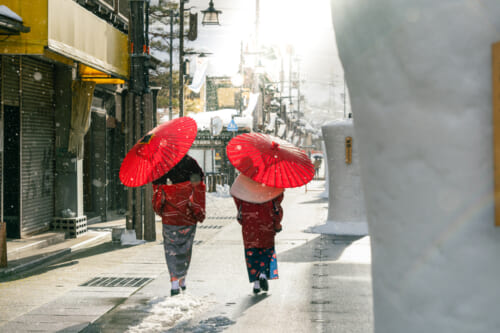
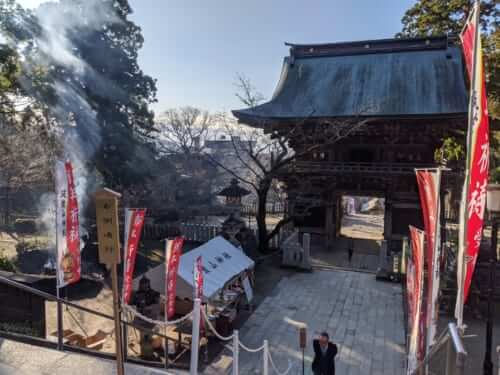
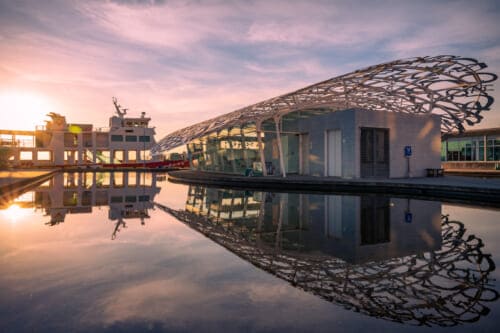
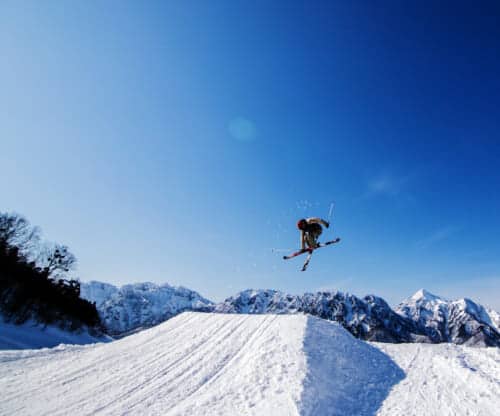
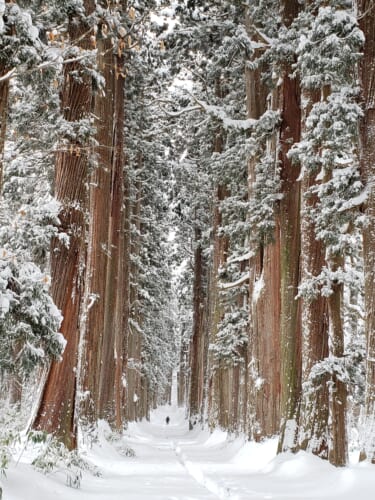


No Comments yet!